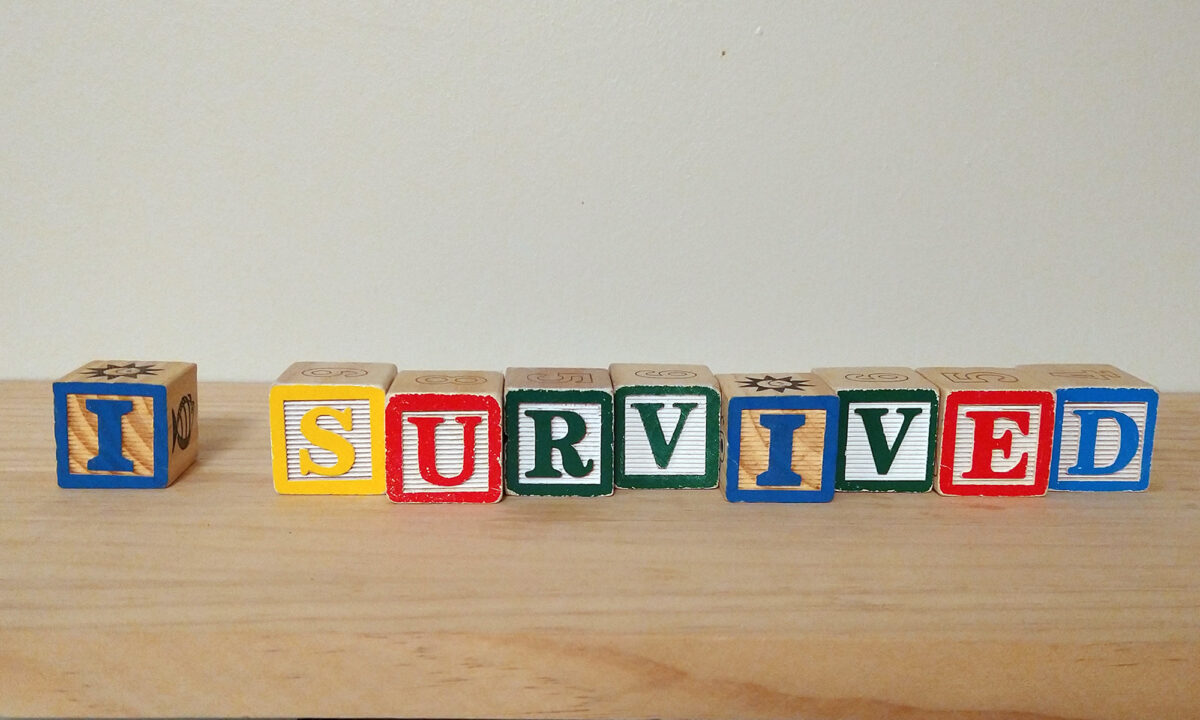The I Survived historical fiction series by Lauren Tarshis is popular, influential, and . . . completely full of errors and distortions of people, places, and events from the past. This year the show will give special attention to works of historical fiction for children, and we’re beginning with an example of what authors should not do when fictionalizing the past.

Well written historical fiction can bring the past to life, making history easier to understand and more exciting to study. But works in the I Survived series suffer from skimpy historical research, incorrect depictions of societies in the past, and perpetuating misunderstandings about key events. I Survived the Sinking of the Titanic is the first book in the series and, unfortunately, provides many examples of just plain bad history.
Distortions or falsehoods in the book include an incorrectly rosy view of the social class system of 1912, a false depiction of the Titanic’s crew as violent and unprofessional, an incorrect description of the Titanic’s collision with the iceberg, a misunderstanding of how the lifeboats on board were actually used, and unfortunately so much more.
Books in the I Survived series are fun to read and work well as adventure stories, but children should not be given them to read as reliable sources of information about history. In the future we’ll have more fun looking at good examples of historical fiction, but it’s helpful to parents and teachers to examine what to avoid when choosing works of historical fiction for children to read.
Activity: Hunting for Historical Errors
When reading any work of historical fiction, there will be times when the author has misrepresented past events, places, or people. This may have been done intentionally, as when several characters need to be condensed in order to streamline the storytelling. Sometimes this is because an author wrote the tale before new historical or scientific discoveries were made that shed new light on the past. And sometimes an author has been sloppy with research, careless with the facts, or simply indifferent to historical accuracy.
While reading a work of historical fiction, encourage your kids to make notes about people, places or events that interest them in the tale. Students can do research to find out if the fictional representation matches the historical reality.

